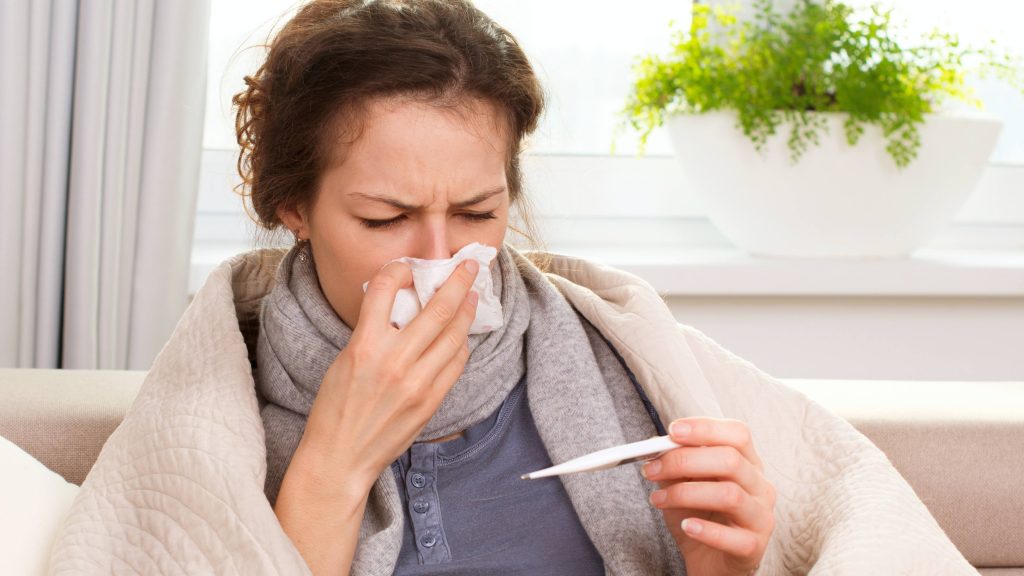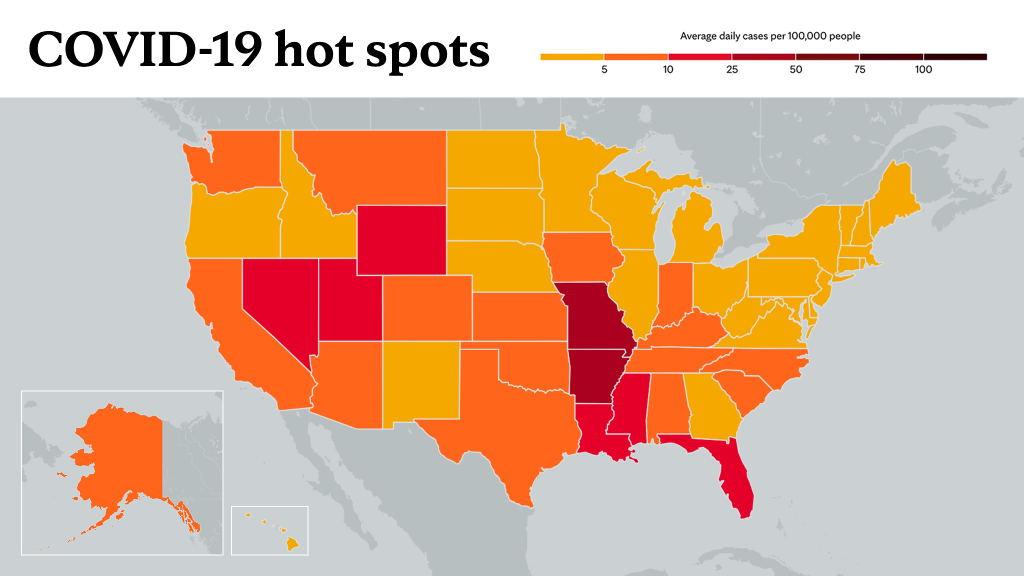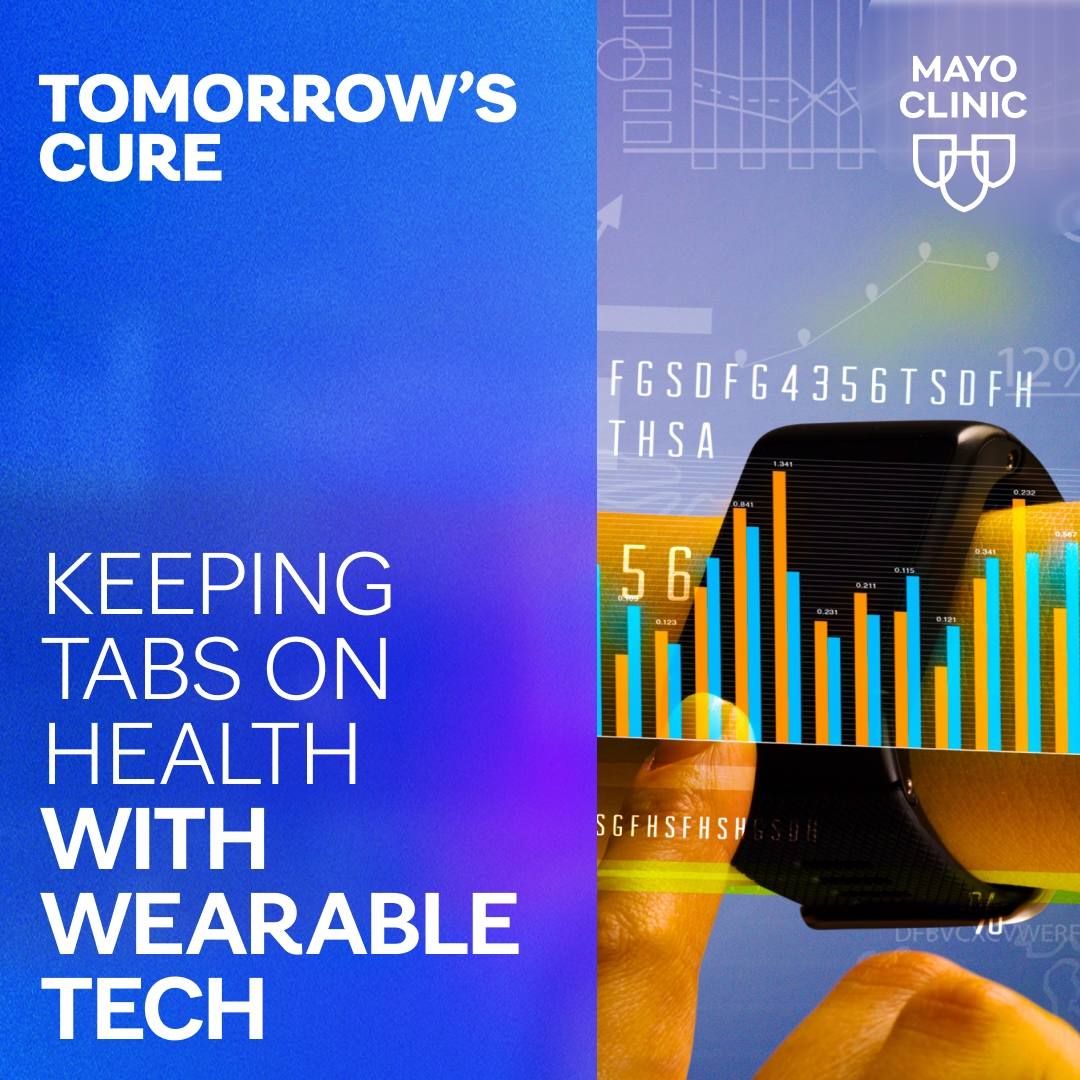
A respiratory infection prevalent mostly in the winter has been increasing in parts of the U.S.
"Particularly in the South part of the U.S., we have seen an increase in what's called RSV, or respiratory syncytial virus. It's a virus that causes a cold much like influenza causes a cold, though it can be severe in very young children and elderly adults," says Dr. Gregory Poland, an infectious diseases physician and researcher at Mayo Clinic.
Watch: Dr. Gregory Poland talks about RSV infections
Journalists: Broadcast-quality sound bites with Dr. Poland are in the downloads. Please courtesy: "Gregory Poland, M.D. / Infectious Diseases/ Mayo Clinic."
Respiratory syncytial virus, influenza and COVID-19 are all respiratory infections that share similar symptoms, except for the loss of taste or smell that can occur with COVID-19 ― unless there are complications. One of the hallmarks of the COVID-19 infection is the loss of smell and taste.
Symptoms of severe respiratory syncytial virus include:
- Fever.
- Severe cough.
- Wheezing — a high-pitched noise that's usually heard when breathing out.
- Rapid breathing or difficulty breathing. A person may prefer to sit up rather than lie down.
- Bluish color of the skin, or cyanosis, due to lack of oxygen.
"There's one other aspect of it: The very areas where we are seeing an increase in RSV cases are the areas that have the lowest uptake of the COVID vaccine and the highest case rates of infection," says Dr. Poland. "You cannot distinguish them just by clinical symptoms, unless you had the loss of taste and smell, which would push you toward saying, 'Well, this is likely to be COVID.' The only thing you can do is the swab nasal test to distinguish the infection."
Under normal circumstances before the COVID-19 pandemic, your respiratory infection could be thought of as a cold. But now, it could be COVID-19.
"And even though your symptoms don't get worse, you could still spread it to other people. There's nothing to stop you from being coinfected. Last year, we were talking about the possibility of a twin pandemic: COVID-19 and influenza. There's nothing to prevent that from happening."
If you have a respiratory infection, Dr. Poland recommends seeing a health care provider and get tested.
"It is important to seek medical care to get that swab because if it's influenza, we can treat it. If it's RSV or COVID-19, and it advances or gets worse, there are things we can do ― and it's important to know what the diagnosis is ― including masking, quarantining and isolating so that you don't spread it to other people."
Dr. Poland urges everyone eligible to get vaccinated for COVID-19.
__________________________________
For the safety of its patients, staff and visitors, Mayo Clinic has strict masking policies in place. Anyone shown without a mask was either recorded prior to COVID-19 or recorded in a nonpatient care area where social distancing and other safety protocols were followed.
Information in this post was accurate at the time of its posting. Due to the fluid nature of the COVID-19 pandemic, scientific understanding, along with guidelines and recommendations, may have changed since the original publication date.
Research disclosures for Dr. Gregory Poland.
For more information and all your COVID-19 coverage, go to the Mayo Clinic News Network and mayoclinic.org.
Learn more about tracking COVID-19 and COVID-19 trends.








